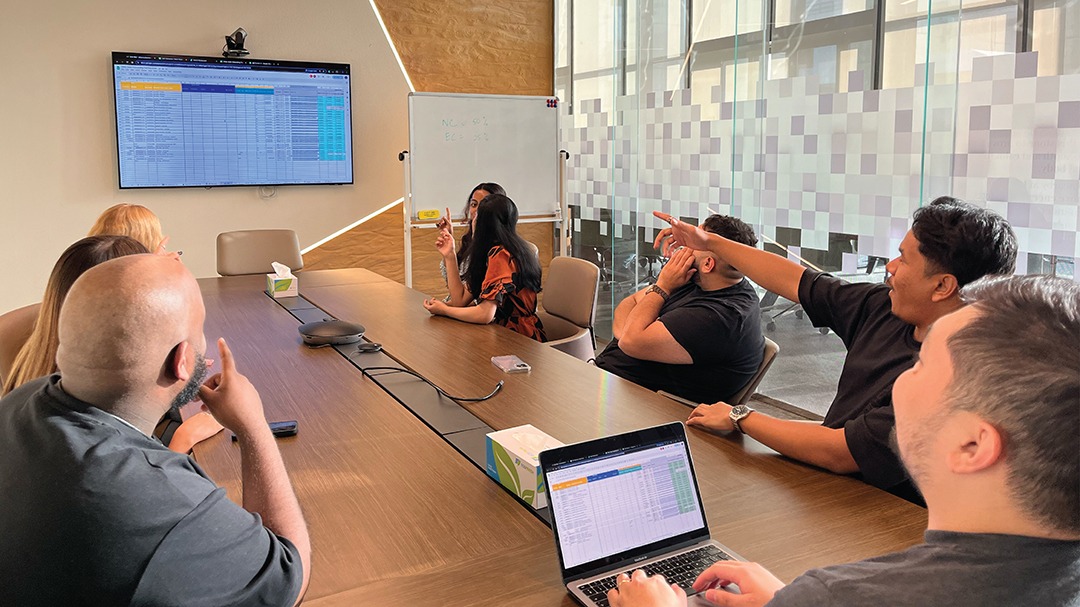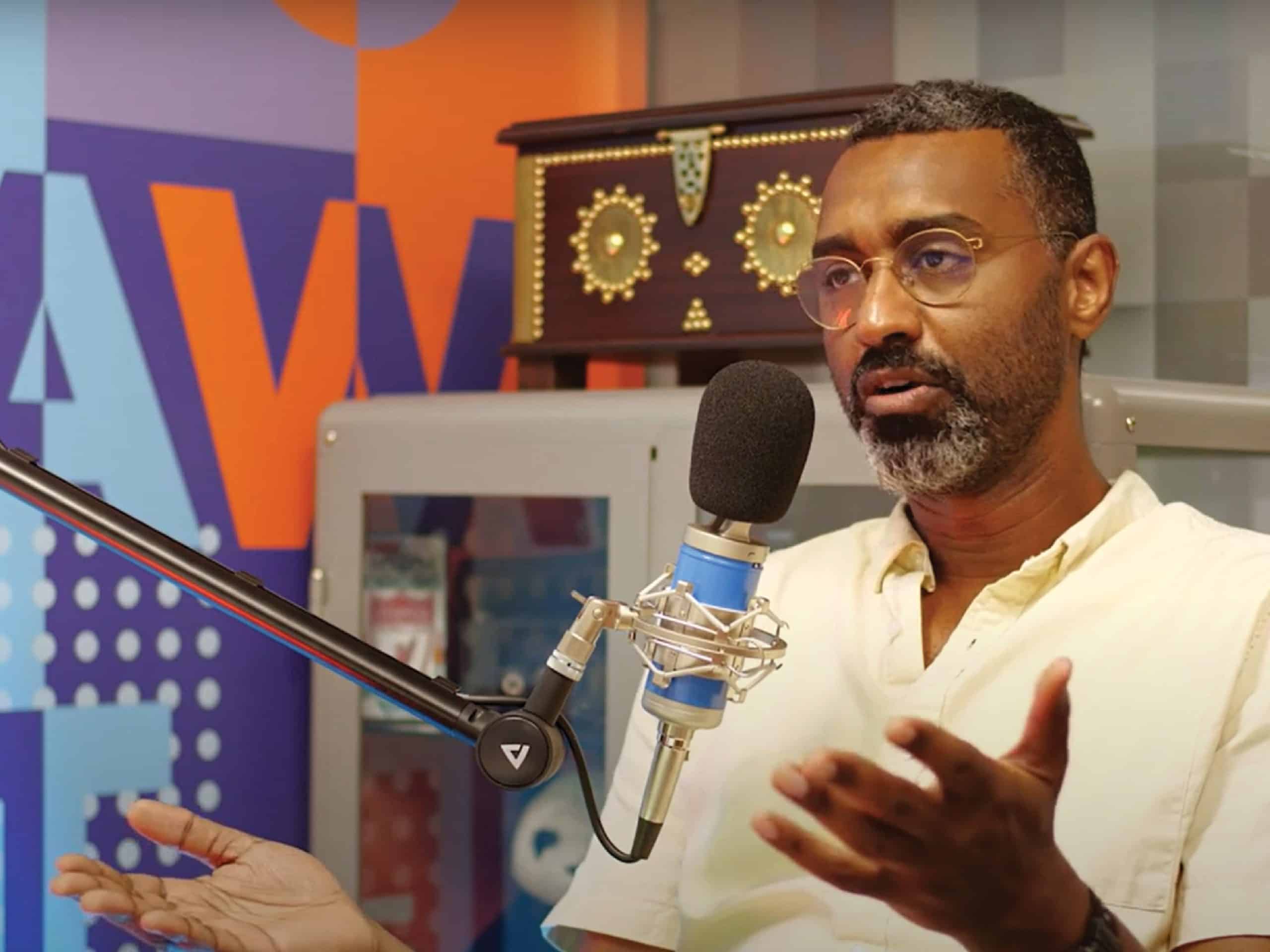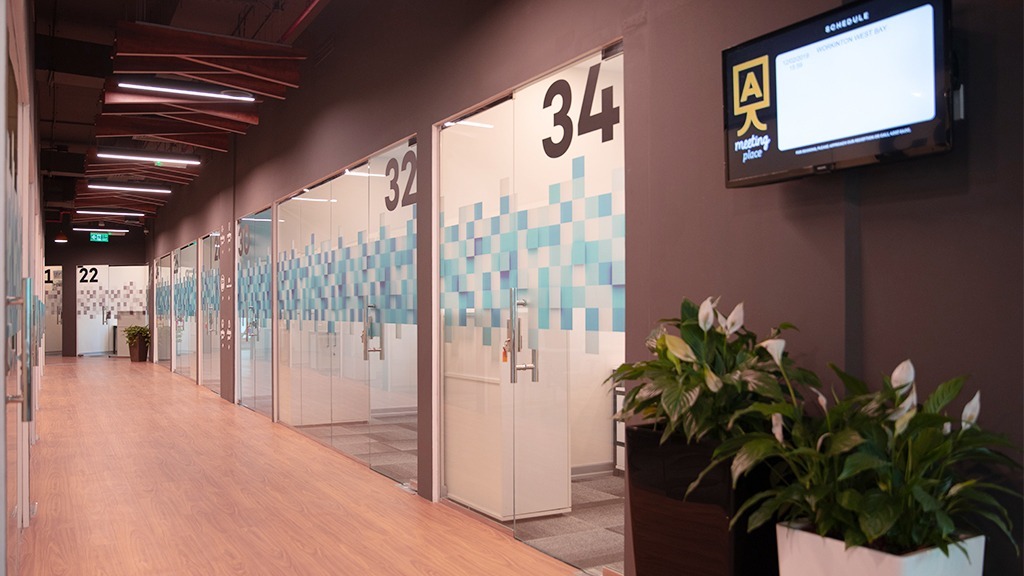Not too long ago, people generally thought of internet more as a luxury than as a necessity. Undoubtedly, it makes life more convenient. For example, you can use an internet connection to watch Netflix, keep in touch with friends on social media, and even pay your taxes. But a necessity for life? It just didn’t meet that threshold.
But the COVID-19 pandemic has thrown internet inequality into stark relief. With schools closing and transitioning to online learning, millions of children worldwide have been left behind. Without broadband internet access, Zoom meetings and other online forums were simply not an option.
Sadly, this should not have been surprising to anybody. Even before the pandemic, there were warning signs. At the beginning of 2020, there were an estimated 4.57 billion internet users worldwide. If that sounds like a lot, keep in mind that the world population is 7.8 billion people. If you’re doing the math, that means that 41 percent of people worldwide still have no way of getting online.
So, how did we end up in this place? And what can be done to fix it?
What are the Obstacles to Universal Internet Access?
One obstacle to internet access is the fact that private internet service providers are primarily focused on profits. This is in their nature as private companies. Profit means maximizing revenue and cutting costs wherever possible. Despite many national efforts to solve this problem, it still persists. This issue is particularly pronounced in rural areas, where long distances make cable internet less cost-effective.
Fortunately, there’s a playbook for this situation. We’ve faced this problem in the past. The US electrification process provides a good example. From the beginning of American electrification in 1882 through 1930, the majority of American homes received electrical service. Unfortunately, much of rural America remained without power. In 1936, Congress passed the Rural Electrification Act. Within 15 years, local co-ops had developed to provide electricity to over 90 percent of Americans.
Internet access isn’t just a problem for Americans. In fact, 31 percent of people worldwide do not even have basic 3G wireless access, much less actual broadband. This isn’t a measure of people with internet-enabled phones. It’s a measure of people with 3G coverage in their area. In Sub-Saharan Africa, this issue is particularly pronounced. There, nearly two-thirds of households, about 600 million people, do not even have access to electricity. India faces similar issues, with about a quarter of the population lacking reliable electricity. Needless to say, without electricity, you can’t have internet.
Moreover, poorer countries face issues with cost. Nearly 13 percent of the world lives under the line of $1.90 per day. If you barely make enough to buy food, how can you access the internet? As a result, hundreds of millions of people are being left behind in the modern, digital economy.
Now, let’s look at a couple of solutions to the internet access problem.
Make the Market More Competitive
One reason internet access is not universal is because many localities have an internet monopoly. Much like power companies have a monopoly, internet service providers often leave people with no alternative service. This allows them to charge artificially higher prices, leaving poorer families priced out of the market.
One solution to this problem is to encourage the development of satellite internet. With satellite internet access, people will have an alternative service, potentially with lower costs than their local cable provider. To be fair, there are already satellite internet options available. However, these services, such as HughesNet, often charge high prices for slow service. At best, they provide a barely-functional internet connection for rural residents.
SpaceX is trying to change this. Each month, SpaceX is launching 60 satellites into their Starlink constellation. They’re slated to reach 800 total satellites by year’s end, at which point the service will go live. At that point, the service will be slow. That said, SpaceX ultimately plans to have over 20,000 satellites in orbit. This Starlink internet service will cover 100 percent of planet Earth, and will ultimately offer gigabit speeds.
This is good news both for poorer people and rural residents, the two groups who suffer most from lack of internet. However, don’t expect Starlink service to be cheap any time soon. In an interview with Aviation Week, SpaceX founder Elon Musk said: “I think the biggest challenge will be with the user terminal, and getting the user terminal cost to be affordable. That will take us a few years to really solve.”
Regardless, it wouldn’t be surprising to see fast, affordable satellite internet by the end of the decade.
Localize the Market
In urban areas, another solution to internet availability is to create a local market. In the US and the Netherlands, some cities are managing internet access as a public utility. At the time of this writing, over 500 towns and cities in the United States have a local, public broadband network. These services are generally low cost, and sometimes even offer free service to residents who cannot afford to pay. In the Netherlands, Amsterdam’s Citynet Amsterdam provides access to over 40,000 residents. As a result of these programs’ success, public broadband has become part of the European Commission’s “Europe 2020” initiative.
Local broadband networks work similarly to other public utilities, such as water companies. They exist not to earn a profit, but to improve the community’s quality of life and economic environment. Some are even run as local cooperatives, similar to some of the local electric companies that came out of the 1930s’ electrification efforts.
Unfortunately, not all communities are able to take advantage of this option. In fact, many regions have severe restrictions or all-out bans on local broadband networks. Generally, these bans have come as a result of lobbying by major internet service providers. Moreover, many municipalities are bound by long-term contracts with existing providers, meaning they may not be able to create local networks for years.
Ultimately, the only long-term solution to this problem is government action. If governments take universal internet access as seriously as they took universal electrification, we may soon see local broadband networks popping up all over the world.












































